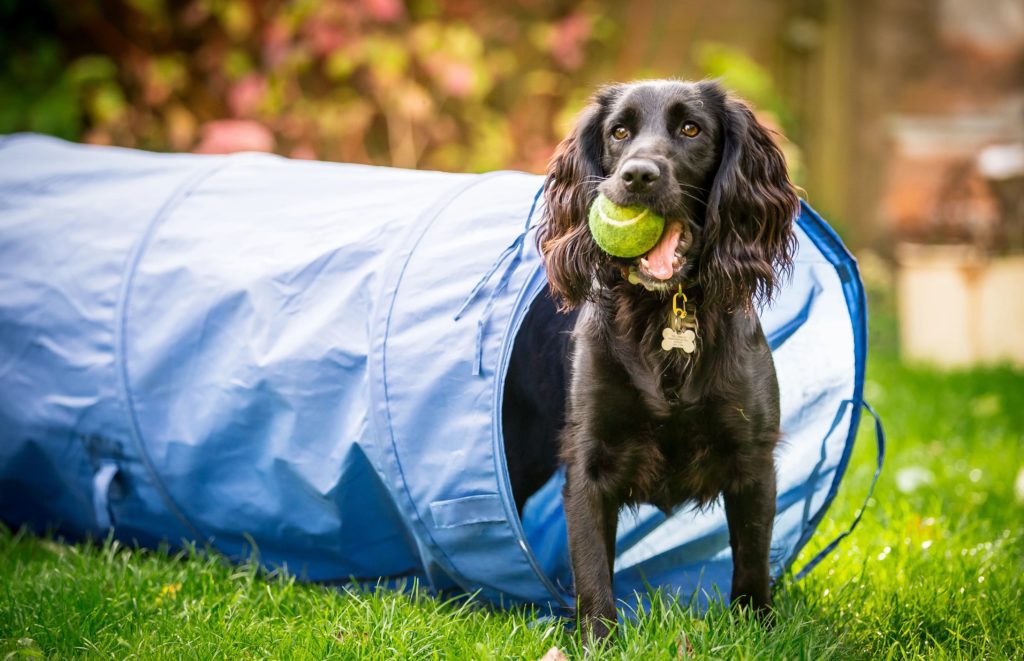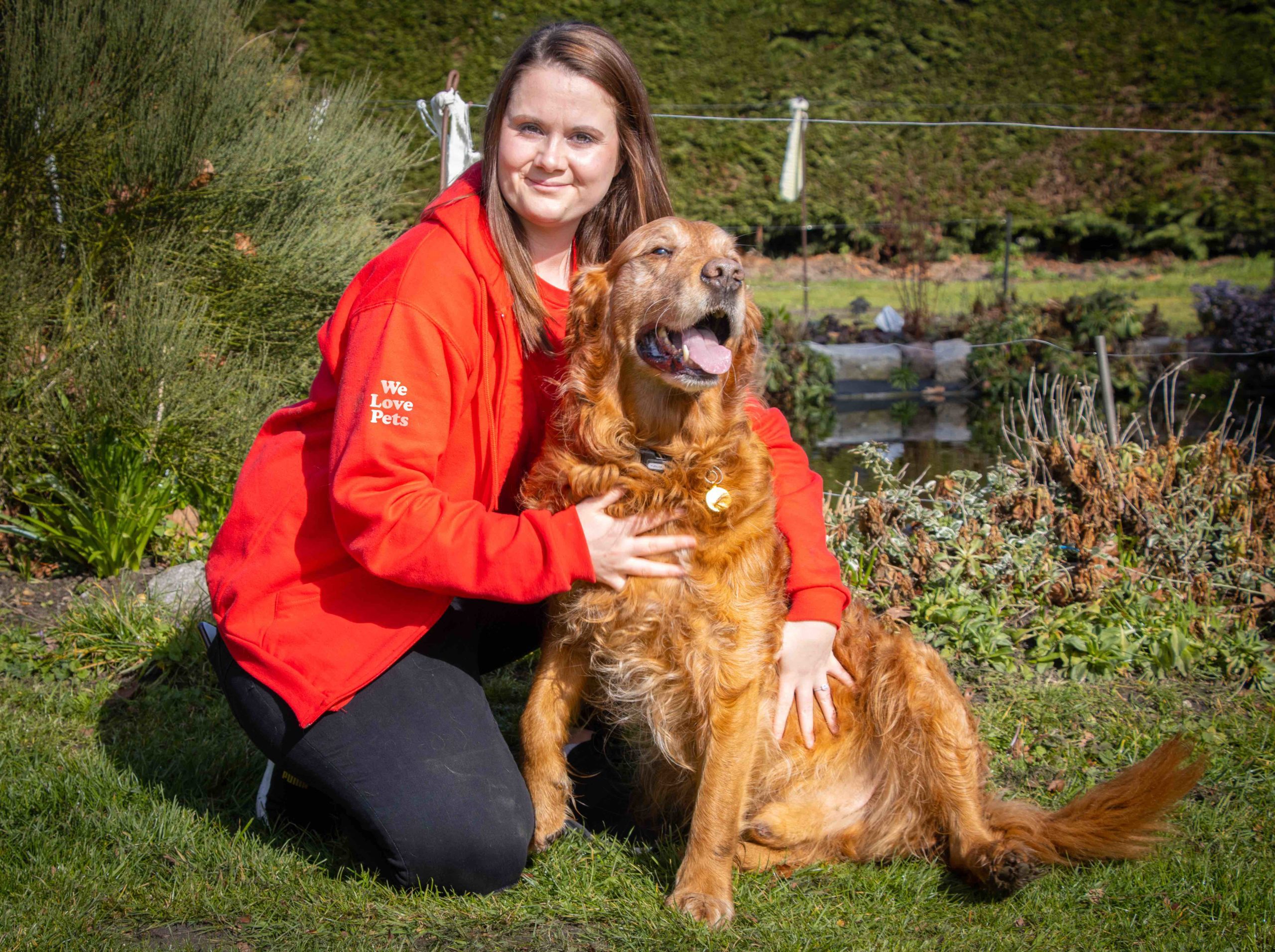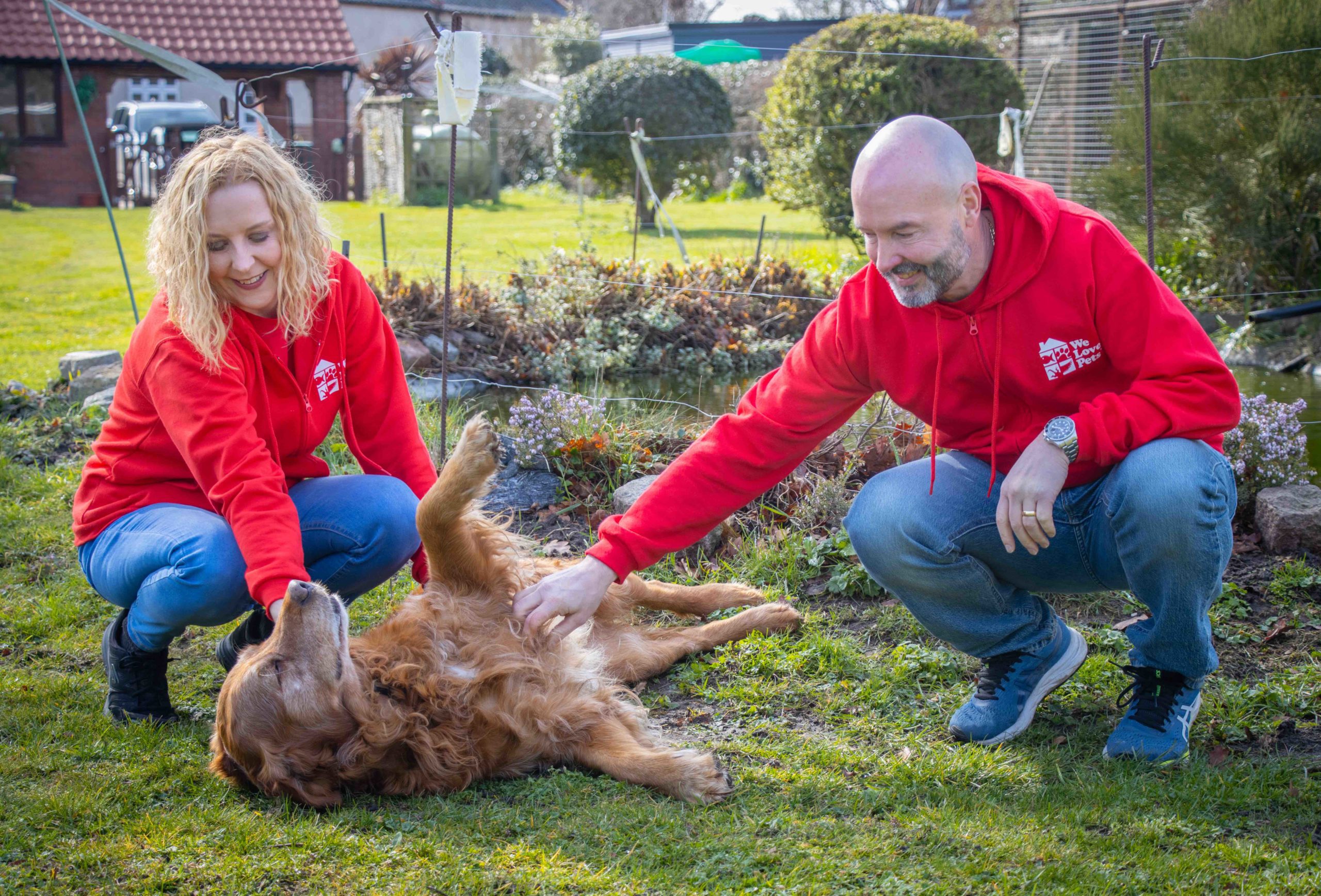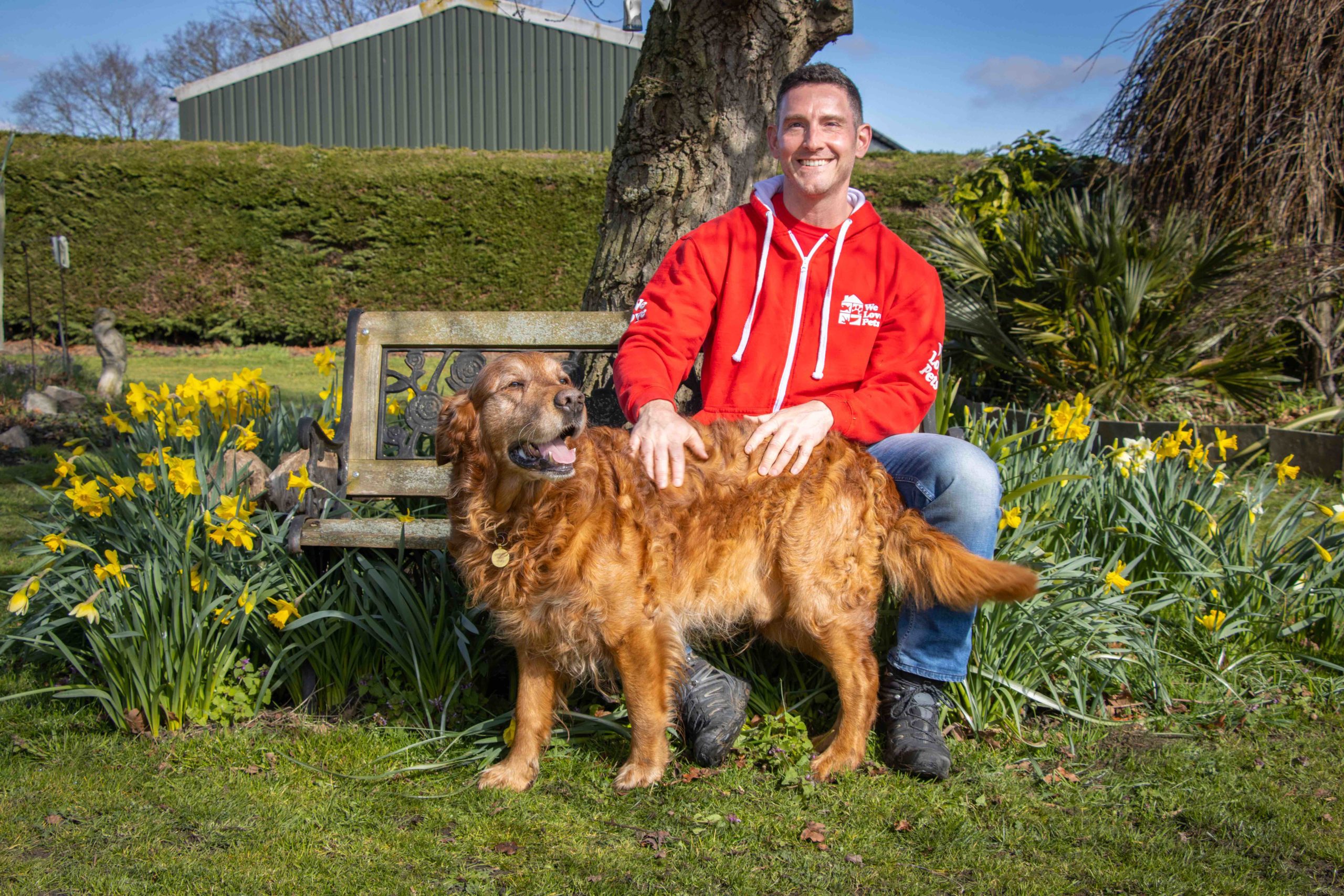It’s safe to say that separation anxiety is something all dog owners are familiar with. And recently, the frequency of anxious behaviours has become more notable in dogs – especially as many of us have been working from home this past year. While we begin to return to a “normal” way of life, our dogs may not be equipped to stay home on their own. It’s best for both you and your pup to kick negative reinforcement habits to the kerb, so you can introduce training for positive behaviours and responses.
How can we help our dogs overcome their anxieties?
In my years working with canines, I have seen many different methods and techniques that owners adapt to deal with the individual issues they are facing with their dogs. One thing that always shines through is the love and care that owners have for their dogs, which is something I love seeing from many of my clients. However, without careful management, the love we give can negatively reinforce unwanted behaviours.
We as humans have wonderfully complex brains, and the way that we think and feel about situations is different to the way our dogs see, think, and feel. When training my own dogs, I take a caring approach with firm boundaries. Through the years I have dealt with and cared for many dogs, and I’ve owned several rescue dogs myself. My number one approach when training a nervous dog (with already established obedience training) is what I call, “trust me” training. This requires for the owner to build trust, so your dog looks to you for guidance in situations that may cause them stress and anxiety.
Being able to read subtle signs that indicate the state of your dog’s mentality – from social interactions to being at home with you – is paramount. I recommend reading literature on body signals, which can be hugely beneficial to your own confidence and practice. With further insight this can really help in distinguishing between different communication cues that your dog is giving to you and others. Establishing the skill of reading your dog’s signals creates trust in a matter of minutes.
So, now you know your dog’s signals – what do you do with this information?
We love our dogs unconditionally, even when they’ve eaten one of our favourite boots for the nineteenth time! So, it is often commonplace to want to put our thoughts and emotions into our dogs’ heads, but this has the potential to create bigger behavioural problems. Responding to dogs’ distress with an emotionally empathetic human response is well documented as being counterintuitive when wanting to train a dog. What if I told you, you could achieve your desired results with simple commands such as, “in your bed,” “sit,” or “leave it?” Perhaps you would think I’m barking mad – pardon the pun.
Quite commonly we react emotionally when our dogs display distress or fear, naturally wanting to give comfort and “reassurance” because we want our dogs to be happy and secure. However, displaying reassurance in fearful situations negatively reinforces your dog’s reactions and behaviours, deeming them rightfully placed. For example, if your dog is shaking, hiding, panting, and displaying fear or anxiety signals, by reassuring them and fussing, saying things like “it’s okay – good boy!” you’re actually communicating, “you are right to react to that very real threat,” and “good boy for showing your fear because you are right to be scared right now.” Your dog will then continue to react to similar situations in the same way.
Our dogs look to us in situations for guidance and strength, so it is better for us to react to those fearful and anxious behaviours differently, to create a calm and relaxed dog mentality. I recommend using commands like, “No, in your bed,” and then affirming with praise once your dog has positively responded to the command. If your dog is beyond being able to follow this, revert to practicing basic commands through play, or with practiced obedience training methods – such as sit and wait commands, then rewarding your dog when completed. In doing this, you are showing your dog that even in new, fearful experiences that may be out of the ordinary, that things are okay. As I mentioned, since dogs look to their owners for strong, consistent guidance, giving them simple commands and redirecting their attention to a defined task will provide them with comfort and the support they need to overcome fears and anxiety. In the same stroke, you avoid praising the negative behaviours and replace their go-to response with a positive reaction.
What if your dog is anxious without you when he is home alone?
For the most part, I happily support the crate training technique. This is a safe space, when used appropriately, where your dog can go to calm themselves down. I crate trained my first puppy who, still to this day (16 years later), prefers a crate to sleep in when given the choice. If you’re considering crate training, it is recommended to introduce the concept to your dog from a young age. A crate can act as a “switch off” button for your dog, and it is a place that they know is safe.
It’s important to create a calm mindset and environment around the house whilst we’re there. Doing this sets the foundation for gradually training your dog to remain relaxed when you’re not around. Once a calm space is created in your presence, this is a good place to start training your dog to be left alone. The training process should be reflective of the anxiety of the individual; therefore, I’d recommend a 30-minute start, or if your dog has very high anxiety, perhaps start with 10-minute intervals and build up on that over time.
For example, if your dog is up and pacing when you return, tell them to return to their bed and only offer praise once they’re in a calm and relaxed mentality. Personally, I discourage greeting a dog if they are in a state of high anxiety or excitement, because again, you’re praising the wrong behaviour and demonstrating negative reinforcement. Teach your dog to be calm in all situations, remaining calm yourself and asserting corrective instructions before giving praise, and only give praise when there are no negative or anxious/excitable behaviours.
Over time you are teaching your dog that calm behaviour gets rewarded, and this is agreeably a better state of mind to live in for both dog and owner.




